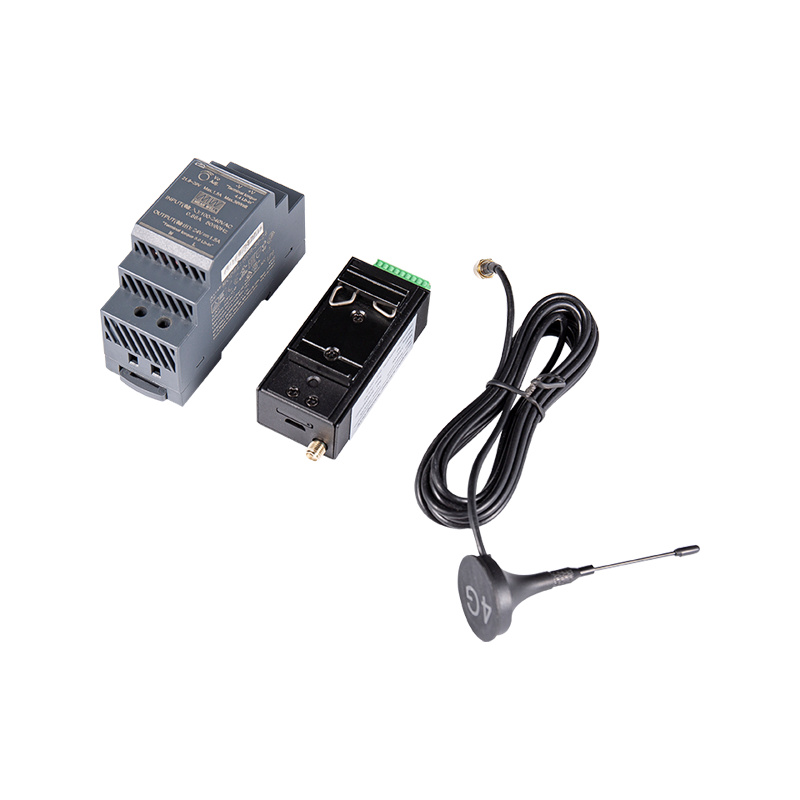Wireless temperature monitoring devices in low-temperature environments: the key to cold-resistant performance
Among various extreme environmental conditions, low temperature environments pose particularly significant challenges to wireless temperature monitoring devices. Whether it is a laboratory in a scientific research institution, a cold industrial production line, or a polar weather monitoring station, wireless temperature monitoring devices play an indispensable role. However, under low temperature conditions, many conventional devices often face performance degradation or even fail to work properly. Not only does this impact the accuracy and real-time nature of the data, it can also cause significant disruption to the processes that rely on this data for decision-making. Therefore, the cold-resistant performance of wireless temperature monitoring devices is particularly important in low-temperature environments.
Effect of low temperature on equipment performance
The impact of low temperature environment on electronic equipment is manifold. First, as the temperature decreases, the performance of electronic components will be affected, including changes in parameters such as resistance, capacitance, and inductance, which may lead to increased signal distortion and measurement errors. Secondly, the performance of the battery will also decrease as the temperature decreases, manifested by reduced capacity and accelerated discharge speed, thus affecting the endurance and stability of the device. In addition, low temperatures may cause the lubricant inside the equipment to solidify, affecting the operation of mechanical parts and even causing equipment failure.
The need for special design and testing
Facing the challenge of low-temperature environments, some manufacturers have developed wireless temperature monitoring devices that can maintain stable performance in extremely cold conditions through special design and testing. During the design and manufacturing process of these equipment, the impact of low-temperature environment on equipment performance was fully considered, and corresponding measures were taken to deal with it.
In terms of material selection, these devices use special materials that can withstand the effects of low temperatures, such as rubber that remains elastic at low temperatures, plastics that are not easily brittle, and metal alloys with excellent thermal conductivity. The selection of these materials not only improves the cold-resistant performance of the equipment, but also ensures the reliability and durability of the equipment in low-temperature environments.
In terms of structural design, these devices adopt a waterproof, moisture-proof and dust-proof sealing design to prevent moisture, dust, ice and snow in low-temperature environments from causing damage to the interior of the equipment. At the same time, by optimizing the device's heat dissipation system, it is ensured that the device can still maintain good heat dissipation performance in low-temperature environments, thus avoiding performance degradation or failure caused by overheating.
Excellent anti-freeze capability and temperature control system
In addition to special design and testing, these wireless temperature monitoring devices feature excellent freeze protection and temperature control systems. In low-temperature environments, the temperature sensor inside the device can monitor the ambient temperature in real time and automatically adjust the operating temperature of the device as needed. This not only ensures the normal operation of the equipment in low temperature environments, but also extends the service life of the equipment and reduces maintenance costs.
In addition, some devices are equipped with intelligent heating systems. When the ambient temperature is lower than the set threshold, the system will automatically activate the heating function to maintain the operating temperature inside the device. This intelligent adjustment not only improves the cold-resistant performance of the device, but also ensures data accuracy and reliability.





